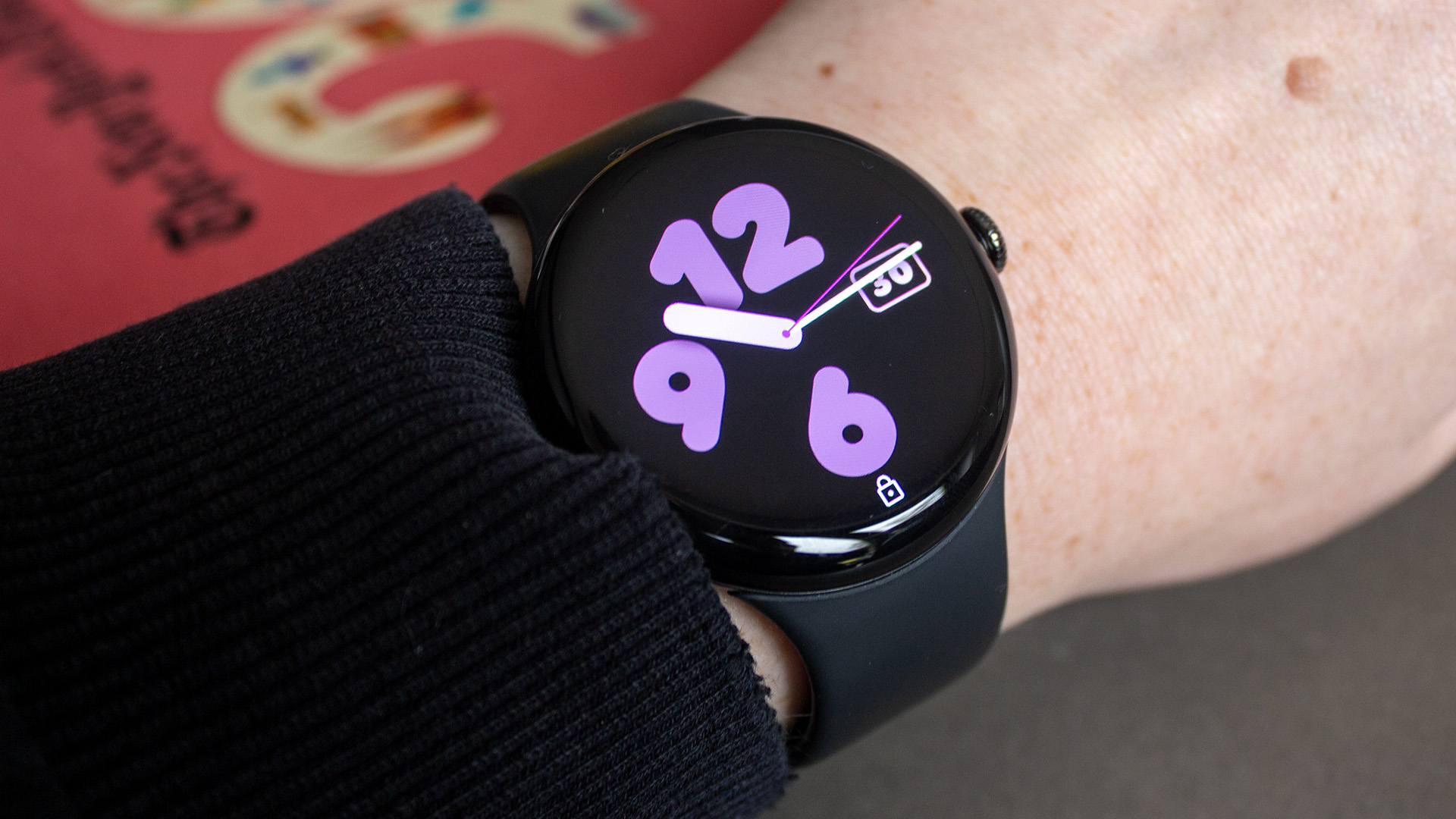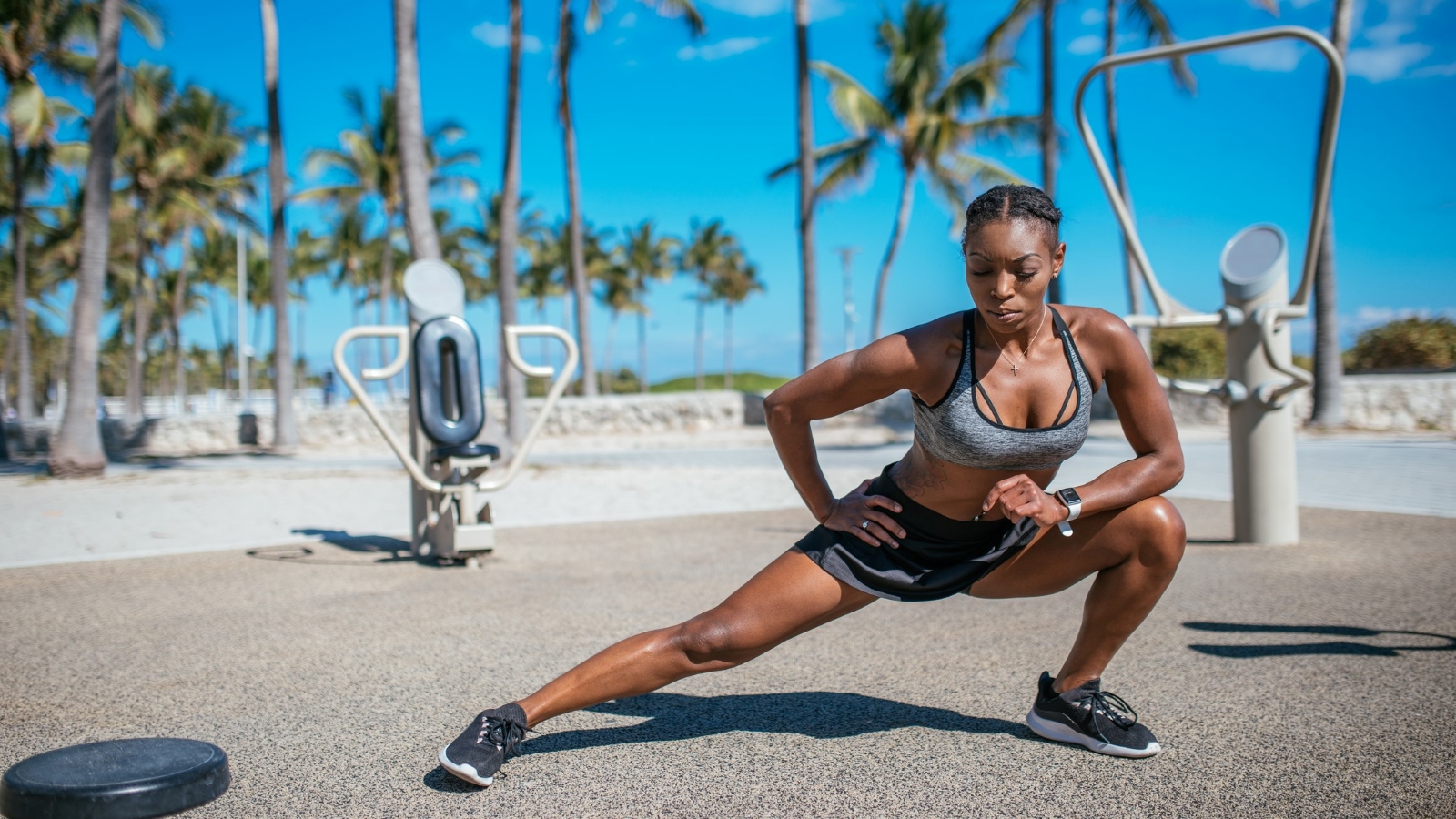


It can be hard for runners who love to get out and clock up the miles to set aside days in the week for strength training exercises. However, including these in your training plan can make a massive difference to running performance as well as help reduce potential injuries. Do yourself a favour and add these strength training exercises to your workout plan starting today.
Need some new running gear? Check out T3's dedicated running buying guides, including the best running shoes, best women's running shoes and best running watch roundups. We also listed the best Nike running shoes, in case you fancy a pair from the most popular sports manufacturer on the market today.
Don't forget to break in your running shoes before you start your running training; it can save you from pain and also prolong the life of the shoes.
How beneficial is strength work to runners?
Strength work improves your power and endurance, not just your strength. For women in menopause, it can also help improve their bone density as it naturally declines. Runners need to improve their basic ABCs: agility, balance and coordination and there's no doubt that strength training will do this, helping to make you a more rounded athlete as well as give you a more efficient running technique.
It’s important not to focus only on the obvious - strengthening the muscles of your legs. A strong core and upper body are just as important. In longer runs or races, when exhaustion sets in, this can lead to the familiar race photo where you’re leaning forwards as your shoulders collapse inwards, putting immense pressure through your spine and your skeleton. Strength works will improve your leg power as well as ensure you can maintain a pace you want to right to your finish line.
Strength training for runners: Focus on form
Whenever you are doing strength work, it's essential to focus on the quality of each movement, rather than trying to hit numbers in a rep. For example, if you're doing calf raises on the bottom step of a flight of stairs try and ensure that your weight is spread evenly through the ball of your foot, and that you push right up to the top of the big toe, while keeping your pelvis stable and your core engaged.
Imagine there is a Union Jack of different muscles across the front of your torso, and you are drawing them all in. Be present in the moment during each move to ensure you’re engaging your core and doing the exercise correctly.
Sign up to the T3 newsletter for smarter living straight to your inbox
Get all the latest news, reviews, deals and buying guides on gorgeous tech, home and active products from the T3 experts
If you're not used to strength training, there's a tendency to feel that you can't fit it in on top of your other training. Beginners can start with very small sets of up to 10 exercises to allow the body to get used to the work. Look at your training plan for the week and see where you can fit in one, two or three 10-minute blocks where you attempt to do one or two moves. Slowly build on this as your strength improves and your body adapts.
Break down strength work so you are doing exercises for different parts of the body on different days, or every other day, for example you could do legs on Mondays, core on Wednesdays and upper body on Fridays. If you can, set aside an extra 10 minutes after a run to focus on some strength work before you go into a deep stretch. The more this becomes a routine the more you genuinely start to enjoy feeling present in your body, being in touch with your muscles and how simple lengthening can feel wonderful.
I always say to my athletes try to find two times in your day to do these exercises. When the kettle is boiling you could do squats in the kitchen, or every time you go up a flight of stairs, whether it’s at home or at work, stop on the bottom step and do calf raises. When cleaning your teeth, you have another five-minute window where you could be doing squats, lateral lunges, or reverse lunges.
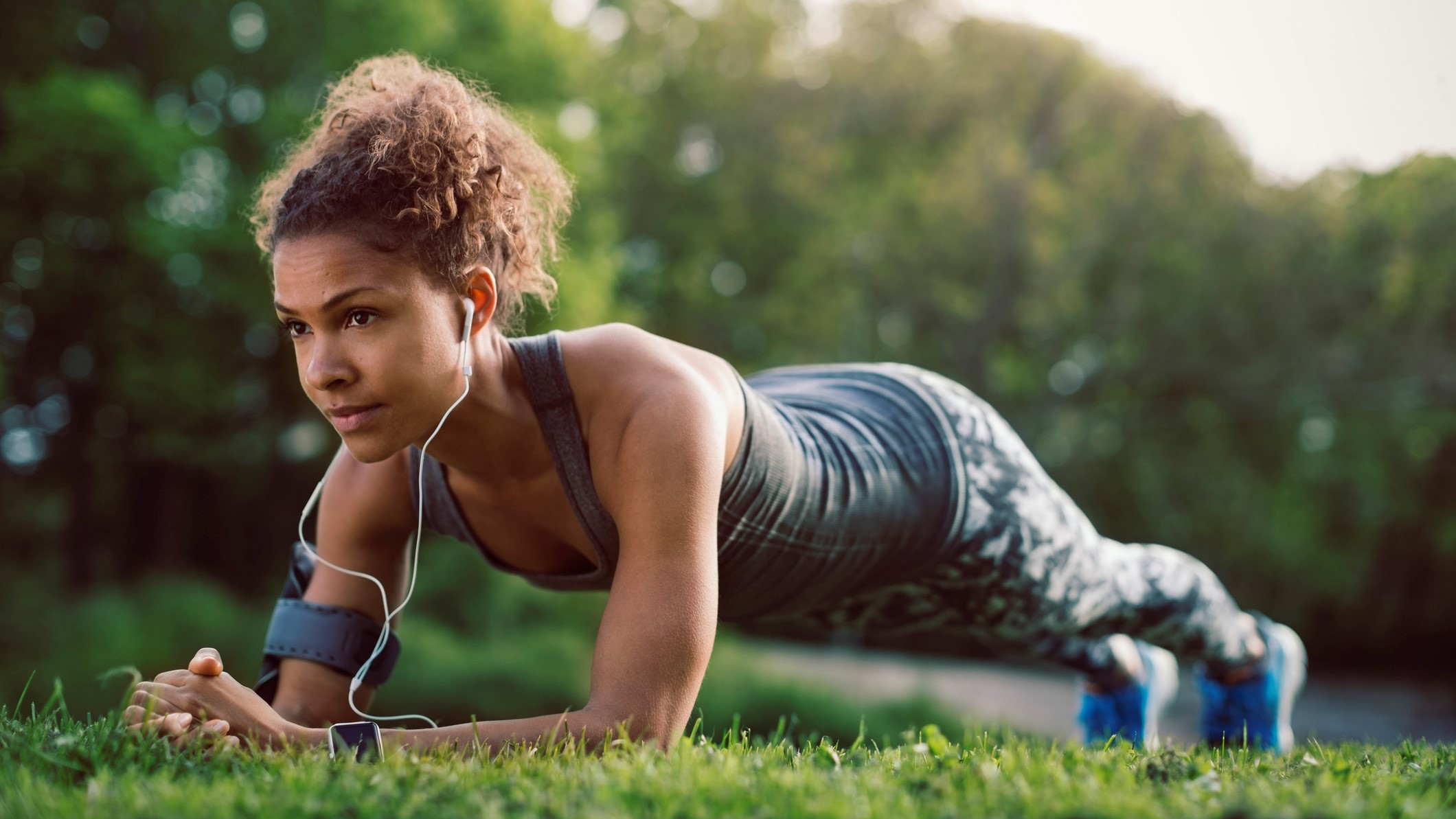
The best strength training exercise for runners
In-depth: how to do planks
One basic strength move that can bring massive fitness gains is the plank and all its variations. The plank is one of the best core exercises that can feel hard at the beginning and yet you can work on improving it almost every day by adding 10 seconds on each time you take it on.
Go into your basic plank ensuring that your lower back is neutral and not arched, your hands are beneath your shoulders and hold the press-up position. Check your ankles, knees, hips and up to your neck are in line, you have a neutral back. You want to aim to engage your abdominals by pulling your belly button towards your spine and seeing how long you can hold the position.
Create a chart to watch your progression and get other members of your household involved in plank-offs. Once your body is used to holding plank and you feel strong you can introduce variations such as plank rotations, bringing your knees up towards your elbows (spider plank), side plank or reverse plank. The beauty of this simplest of exercises is it engages so many different muscles in the body and is easy to improve.
This 10-minute core workout from a top FightCamp coach might help you get started.
Don't ignore your upper body
In your runners' strength training session, always include upper body and arm exercises.
During longer runs and races, as the body fatigues your strong backward elbow drive and the speed of that drive, powers the turnover of your legs. Feeling strong through the upper body can make a difference, especially on trail runs over hilly terrain, when you're elbow drive helps to keep up your momentum and power up.
Upper body strength allows you to keep your shoulders relaxed and high and your core engaged rather than collapsing forward. Make your strength training easy by doing bodyweight exercises that don’t require any equipment and can be done almost anytime, anywhere, in small spaces.
Break up your working day by walking away from the screen regularly and doing five minutes of one or two of nine essential runner’s strength exercises below:
Best strength training exercises for runners
1. Forward lunge
Make sure your pelvis is tucked under by pulling up your pubic bone. When you land on your front heel drop your hips straight down. Push off your front heel to return to upright. Keep your chest and shoulders high. Aim for 90-degree angles in both knees.
2. Split squat
Make sure your pelvis is tucked under by pulling up your pubic bone. Keep your chest and shoulders high. Aim for 90-degree angles in both knees. Your rear knee should go straight up and down.
3. Reverse lunge
Stand tall and lunge back aiming for 90-degree angles in both knees. Your front knee shouldn’t go over your toes. Keep your chest open and your torso tall. Press down through the front heel to return to upright
4. Lateral lunge
Keep your chest high and look ahead. Step to the side and pull your weight back into a squat (hinging your hips). Keep your toes facing forward. Try not to lean forward or look down.
5. Hip abduction
Isolate your hips so that only your leg is moving as you take out and slightly behind you.
6. Calf raises
You can use a wall or chair for extra stability. Shoulders back. Make sure your pelvis is tucked under by pulling up your pubic bone and standing tall. Can do 10 on each leg, or 10 with both legs together.
7. Squat jumps
Feet a little wider than shoulder-width with your toes forward. Explode up. Imagine pushing your knees outwards as you go down into each squat (so that they don’t collapse inwards).
8. Plank
Make sure you have a neutral spine, with your hips, shoulders, and head in alignment (your butt isn’t sticking up or your lower back arching). Aim to hold for 30 seconds to start, then build time.
9. Hip bridge
Lie on the floor, place your hands on your hips to help you tilt your pelvis under (imagine pulling your belly button down into the ground). Then slowly peel your butt off the floor one vertebrae at a time until you are comfortably extended.
This feature is part of T3's Get Fit 2022 campaign. We’ll be bringing you a wealth of guides, features, deals and news to help you get healthy, fit and ready for anything the new year can throw at you. Whether you’re a newcomer to fitness or someone with a passion for it, we’ll bring you all the best workouts, diet advice and gear to set you on the right track.
Tina is fitness editor for Women’s Running magazine and published two books in 2020, The Little Book of Zen and Reflexology: Your Personal Guide. She is a UKA running coach, England Athletics Mental Health Champion and has her own running group, #runTLC. Follow her on Instagram @runtlc.uk
-
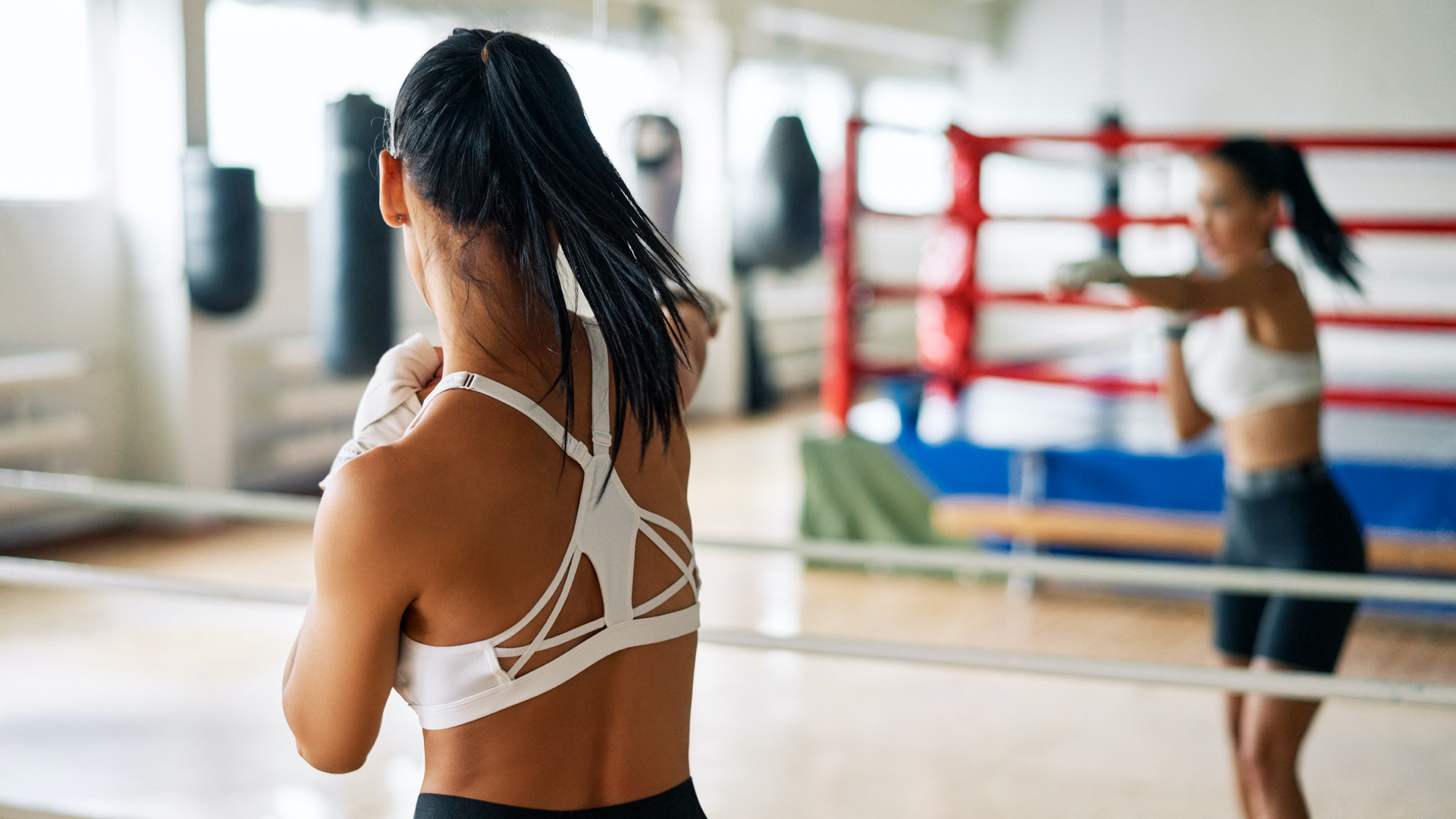 20-minute full-body HIIT workout to burn fat and boost your metabolism
20-minute full-body HIIT workout to burn fat and boost your metabolismYou won't need any equipment for this T3-exclusive “Box ‘n Burn” shadowboxing follow-along workout
By Matt Kollat
-
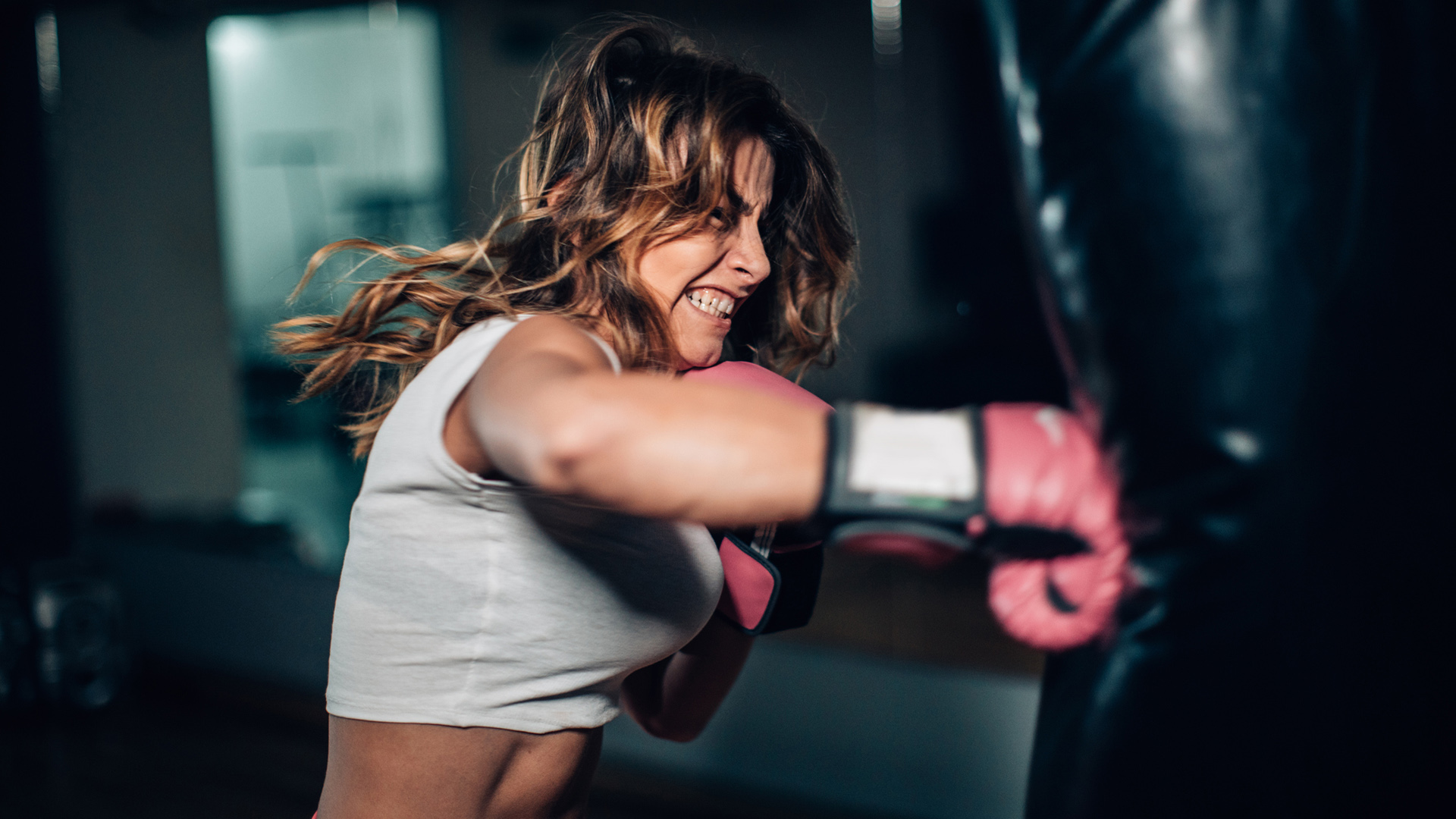
 Reduce stress, get strong and burn fat with this 20-minute punch bag workout
Reduce stress, get strong and burn fat with this 20-minute punch bag workoutRelieve stress and get fit in the process with this follow-along workout from a top boxing coach
By Matt Kollat
-
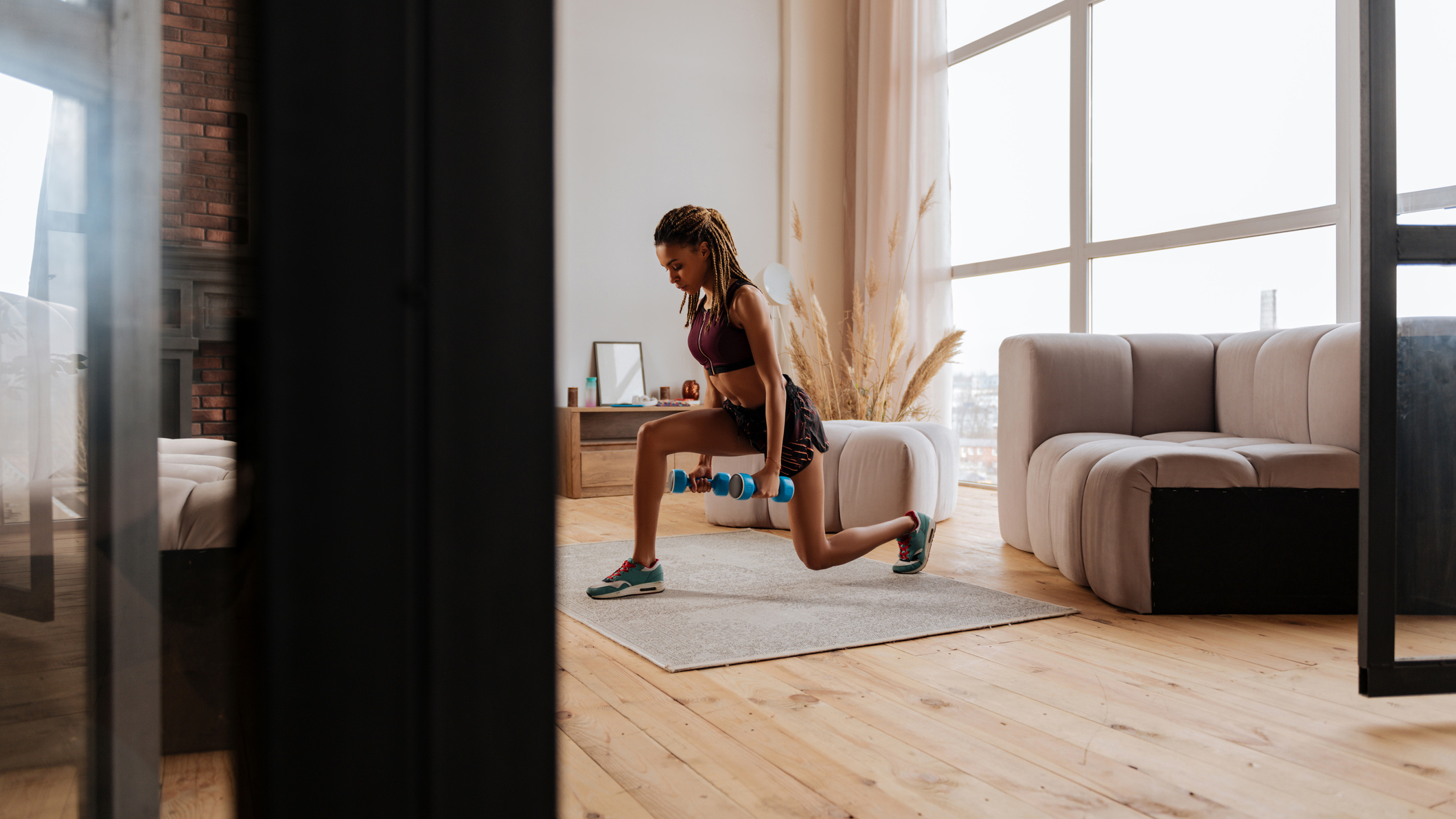
 This home workout combines HIIT and strength training – burn fat and build muscle in 20 minutes
This home workout combines HIIT and strength training – burn fat and build muscle in 20 minutesSlim down at home with this fast-paced dumbbell HIIT workout
By Matt Kollat
-
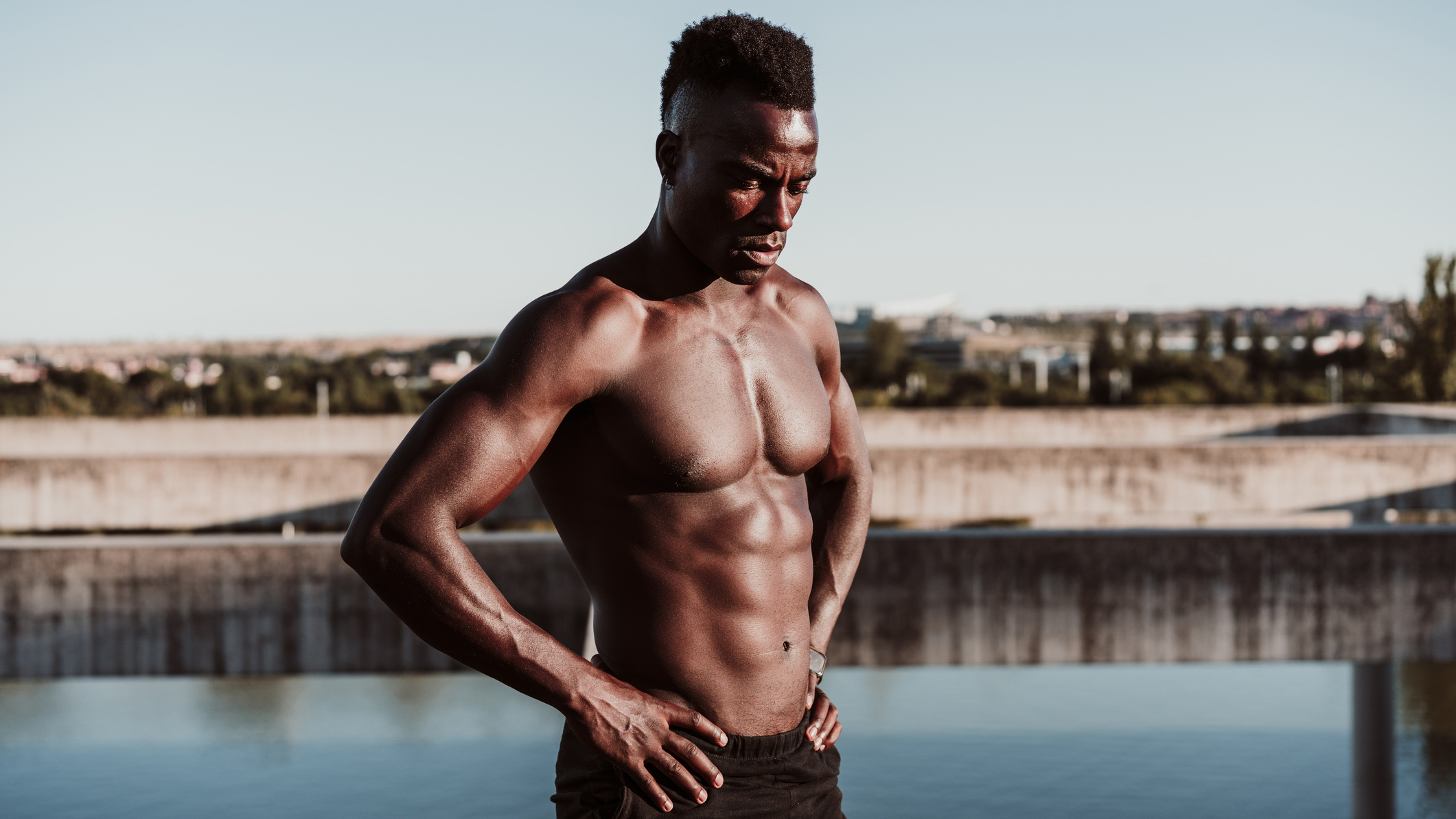
 Try this 2-minute six-pack workout and train the most neglected part of your abs
Try this 2-minute six-pack workout and train the most neglected part of your absFast, efficient and fun; this ab workout has it all!
By Matt Kollat
-
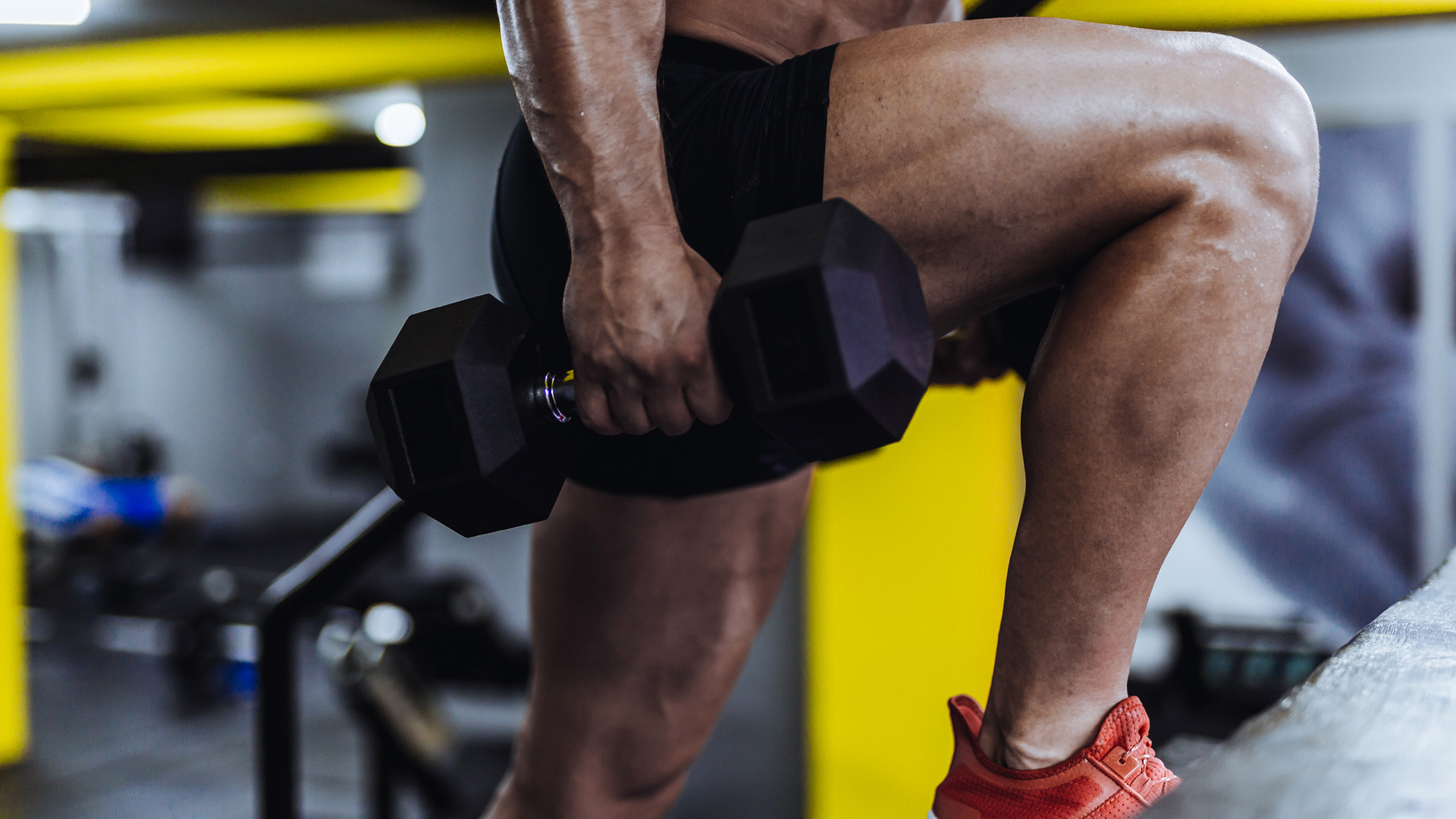
 Work the glutes, quads and calves with this 5-move leg day workout – you'll only need 2 dumbbell
Work the glutes, quads and calves with this 5-move leg day workout – you'll only need 2 dumbbellWork your whole lower body, from glutes to calves, with the smallest home weight
By Matt Kollat
-
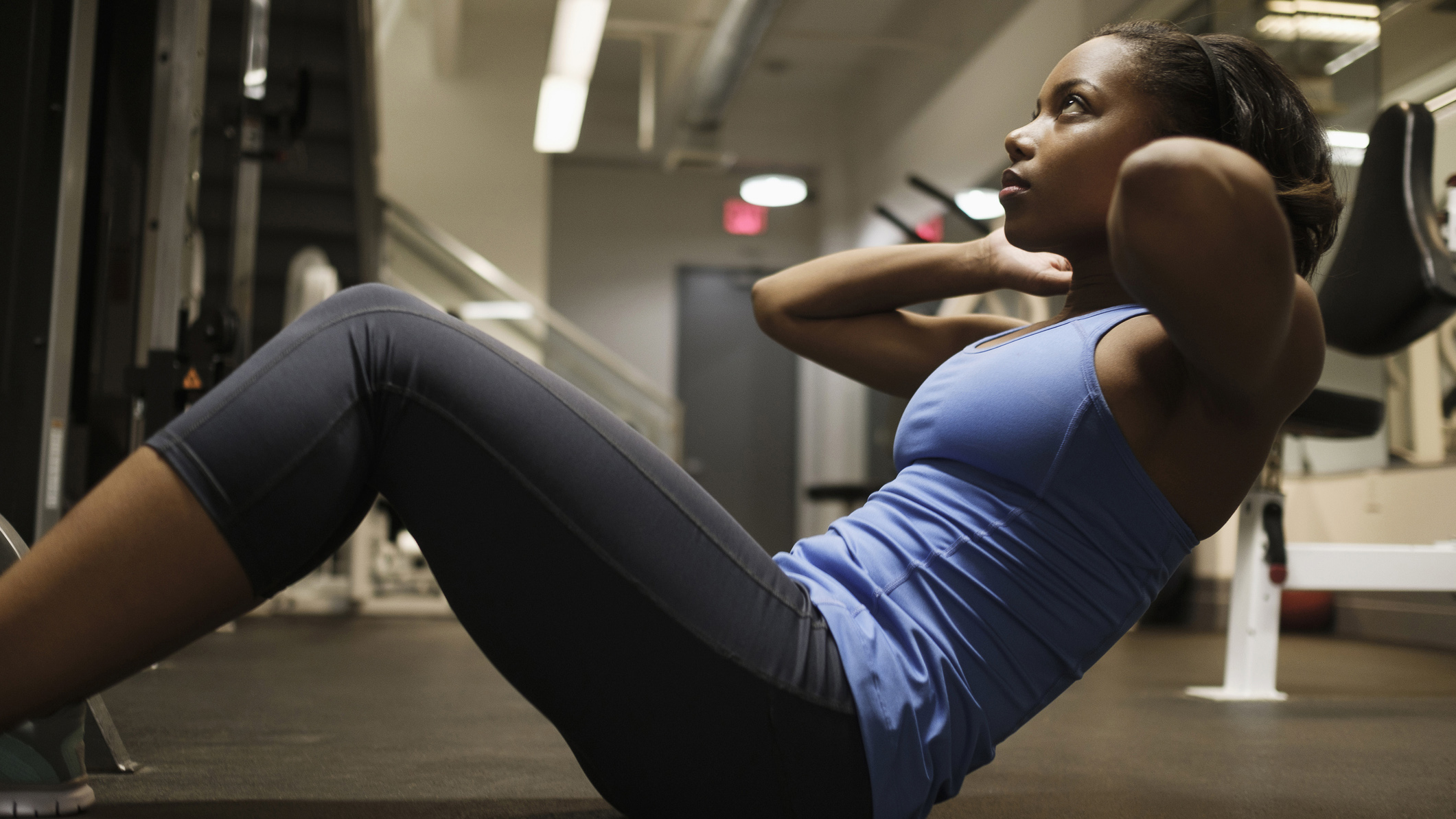
 15-minute low-impact full-body workout to burn fat and improve metabolism
15-minute low-impact full-body workout to burn fat and improve metabolismYour body (and two chairs) is the only equipment you'll need for this workout
By Matt Kollat
-
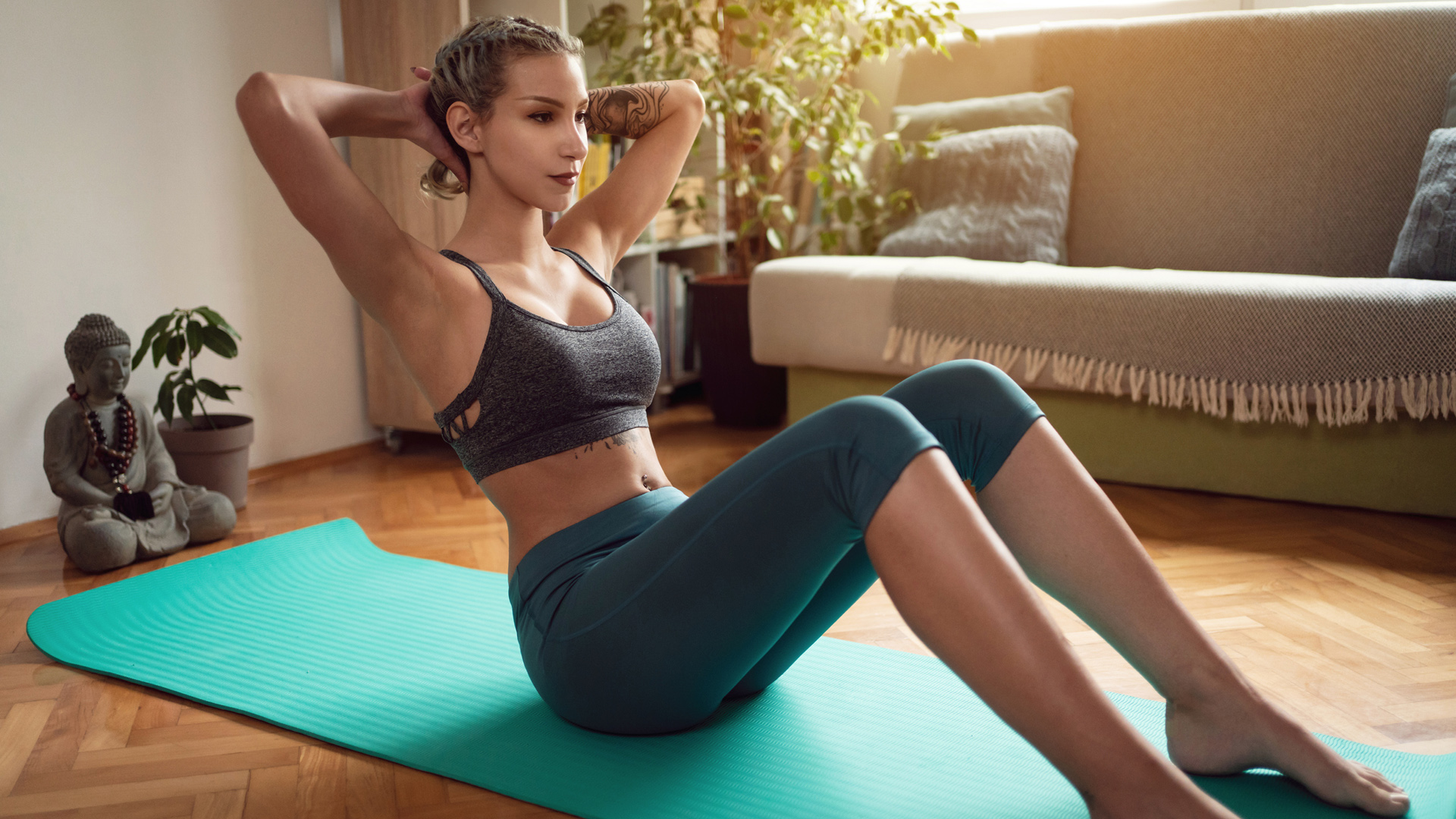
 Sculpt six-pack abs with this quick 4-move core workout – no equipment required
Sculpt six-pack abs with this quick 4-move core workout – no equipment requiredGet your abs ready for this fast and furious core workout – no equipment required!
By Matt Kollat
-
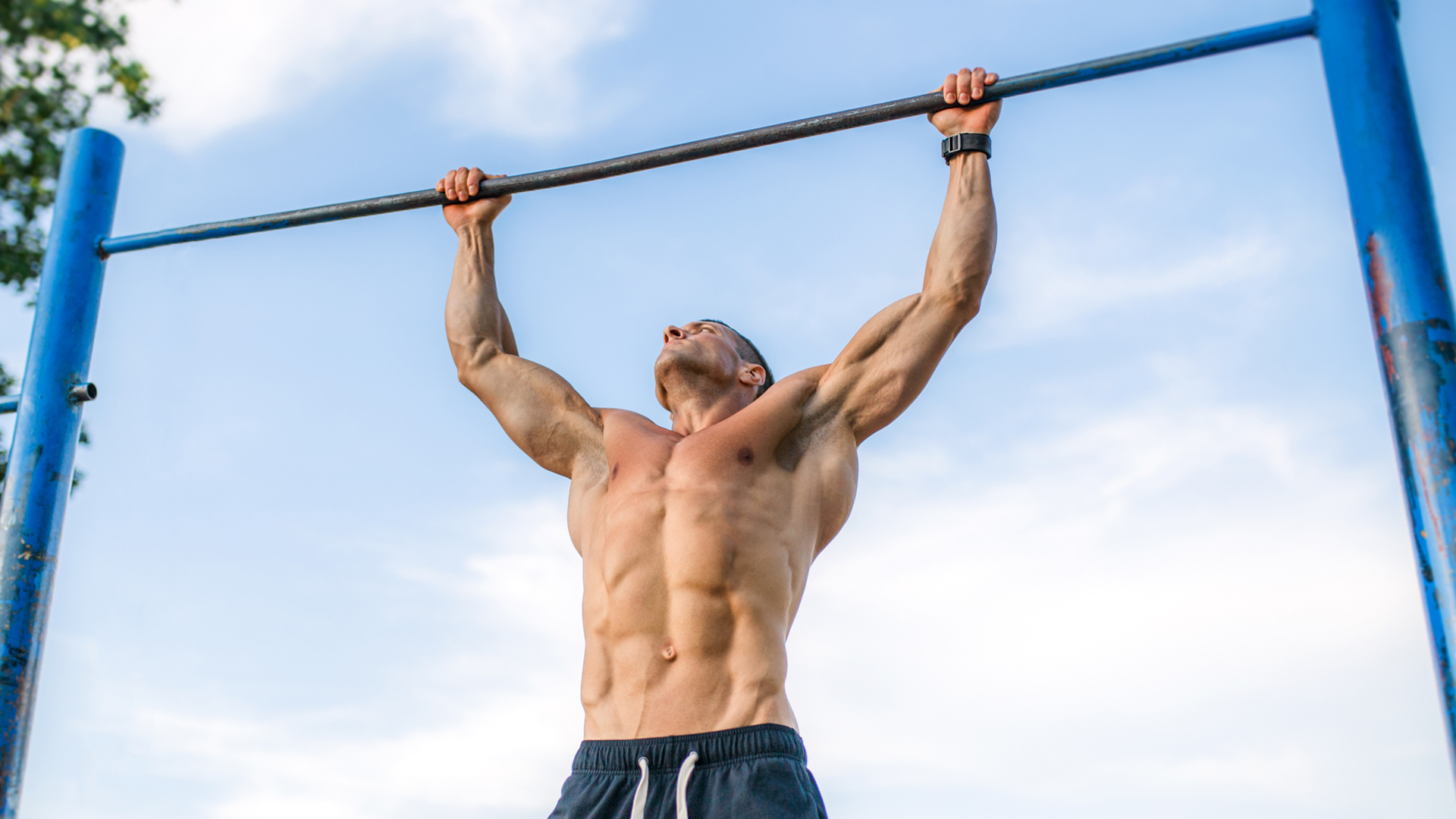
 Build big arms and back muscles with this 5-minute pull up workout for beginners
Build big arms and back muscles with this 5-minute pull up workout for beginnersStruggling to get started with pull-ups? This fast workout will help you build strength (and arm/back size)
By Matt Kollat

